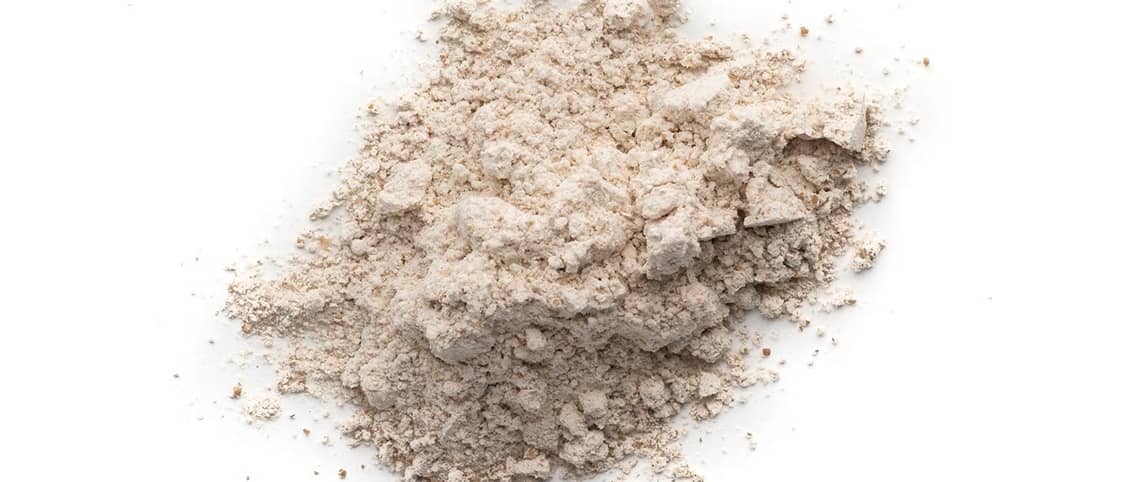
The whole grain flour: Benefits, trends and challenges.jpg)
Peter Marriott
Henry Simon Milling
As a partnership of international organisations and scientists dedicated to promoting whole- grain diets, the Whole Grain Initiative announced the first ‘International Whole Grain Day’ on November 19th last year to emphasise the need for prioritising whole grain foods in dietary guidelines.
The broad health benefits of whole grain products are perceived with their high dietary fibre and nutritious content. This has led to a significant increase in whole wheat flour production and a variety of end-use applications today. However, there are still some open points and issues considering the global consumption, in which the industry and legislations should focus on this.
Health benefits
There is an increasing number of scientific evidence that connects whole grain with a reduced risk of many non-communicable diseases – including cardiovascular disease, diabetes, obesity, and some cancers. The recent ‘Global Burden of Diseases Study’ has shown that a poor diet is responsible for more deaths globally than tobacco, high blood pressure, or any other health risk. Low consumption of whole grains was highlighted as on a par with excessive sodium consumption, as the leading dietary factors contributing to this.
Characteristics
Whole wheat flour is generally made of hard wheat with high protein content and good dough strength as a result. Chemical components and physical properties of the outer portions of the wheat kernel influence the baking properties.
Literature suggests that moderate bran particle size is the best for bread production, while small particle size is better for non-gluten applications. Shelf-life of whole wheat flour is shorter compared to white flour due to the presence of lipids and lipid-degrading enzymes. Lipolytic degradation leads to a reduction in functionality, palatability, and nutritional properties. Strategies to stabilise whole wheat flour have focused on controlling lipolytic enzyme activity and have marginally succeeded.
Shelf-life of whole wheat flour is shorter compared to white flour due to the presence of lipids and lipid-degrading enzymes. Lipolytic degradation leads to a reduction in functionality, palatability, and nutritional properties. Strategies to stabilize whole wheat flour have focused on controlling lipolytic enzyme activity and have marginally succeeded.
Production and Processing
Whole grain flour is still preferred for different types of home-made and flat bread in some parts of the world, because of .jpg) its traditional aroma and taste properties. The whole grain loaves are also started to be consumed globally with the awareness of the new health trends. And whole grain semolina from durum wheat has even become popular nowadays for the production of whole grain pasta products.
its traditional aroma and taste properties. The whole grain loaves are also started to be consumed globally with the awareness of the new health trends. And whole grain semolina from durum wheat has even become popular nowadays for the production of whole grain pasta products.
The production of whole grain flour is based on the traditional grinding method by using industrial stone mills. In some cases, this ground material is sifted again, so the coarser fraction following sifting could be reground and blended back to provide relatively finer and uniformly ground whole grain flour. The vast majority of the whole wheat flour in large facilities is produced by reconstituting the ground fractions to the same level as is present in the kernel of wheat. This allows cutting the bran finer before adding it back. Finely ground bran is less intrusive in the baking process and more palatable.
Conclusion
The consumption of whole grain based products has been recently growing, but still remains low globally for some reasons. Whole grains are exactly defined, but actually whole-grain foods are not, yet. Much of the confusion identifying whole grain o ptions are the result of inadequate or non-existent regulation for labeling of whole-grain foods. Having an established whole-grain food definition will encourage manufacturers to produce foods with meaningful amounts of whole grain, allow consistent product labeling and messaging, and empower consumers to readily identify whole-grain foods and achieve whole-grain dietary recommendations.
ptions are the result of inadequate or non-existent regulation for labeling of whole-grain foods. Having an established whole-grain food definition will encourage manufacturers to produce foods with meaningful amounts of whole grain, allow consistent product labeling and messaging, and empower consumers to readily identify whole-grain foods and achieve whole-grain dietary recommendations.
The millers and cereal foods manufacturers can be also responsible to increase the supply of whole-grain options. They have the technology and the know-how to use whole grain flours in place of refined grain, and they can innovate to bring new healthy whole grain products to market that meet consumer's expectations.
Get the latest news on Henry Simon Milling and about the milling industry across the globe.












